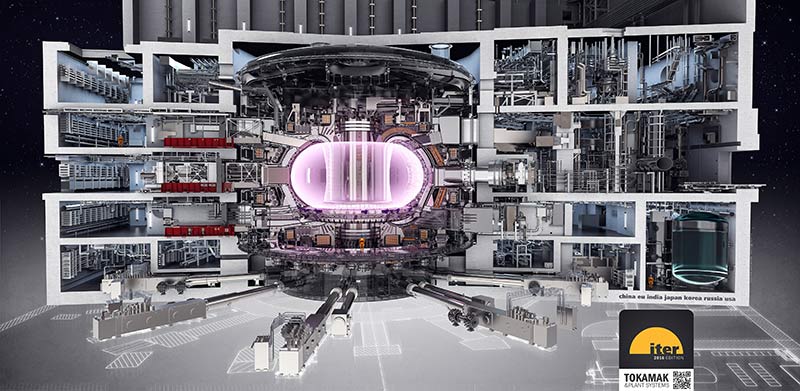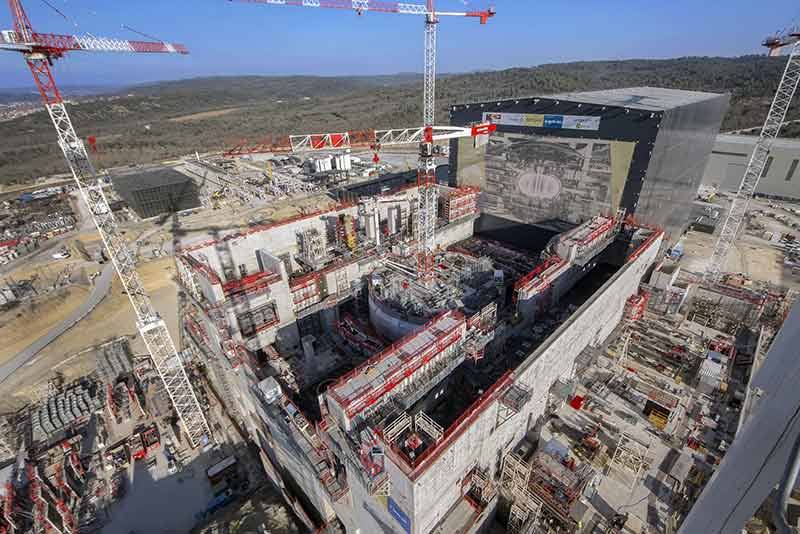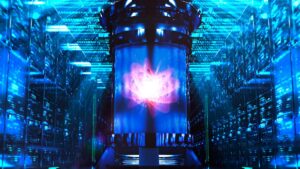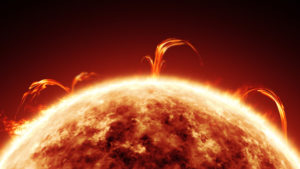Nuclear fusion: Here’s the latest entry in the ambitious race for clean, near-limitless energy

Pic: gorodenkoff / iStock / Getty Images Plus via Getty Images
In a world obsessed with energy, nuclear fusion is a tech that has promised so much, but delivered little. So far.
Fusion is a star’s energy source. Every second, our Sun turns 600 million tonnes of hydrogen into helium, releasing an enormous amount of energy.
It’s called the “holy grail” of energy for a reason; if it works, fusion means vast amounts of clean energy and zero emissions from a near inexhaustible fuel source.
Fusing atoms together in a controlled way releases nearly four million times more energy than burning coal, oil or gas, and four times as much as nuclear fission reactions.
And its major by-product is helium, an inert, non-toxic gas which — as it happens — we need more of anyway. Bonus.
- Subscribe to our daily newsletter
- Join our small cap Facebook group
- Follow us on Facebook or Twitter
But it’s difficult to pull off. Basically, for the tech to work we need to build a mini-sun here on earth.
It sounds far fetched, but there’s a number of facilities under construction right now.
Last year, the Experimental Advanced Superconducting Tokamak (EAST) in China became the first facility in the world to briefly reach 100 million degrees Celsius, six times hotter than the sun’s core. It is at those extreme temperatures that fusion reactions take place.
EAST is part of ITER, a 35-country collaboration led by the EU, India, Japan, South Korea, Russia, China and the US. This consortium is now spending more than $US20 billion to build a giant fusion device in southern France.
This is what it is going to look like:

Yes, that is a person standing casually near the energy of a thousand suns:

It is, understandably, a very complex build.
ITER says it involves building over one million components in factories around the world and assembling them at the ITER site. The assembly workforce will reach 2000 people at its peak.
Construction has been under way since 2010. Here’s how it looked in March this year:

It is scheduled to be turned on for the first time in December 2025. By 2035, it’s going to generate 500 megawatts while operating on just 50 megawatts.
If it works, this ambitious energy project would effectively prove that fusion is a achievable source of clean energy on an enormous scale.
NOW READ: High Voltage — All the News Driving Battery Metals Stocks
Related Topics
UNLOCK INSIGHTS
Discover the untold stories of emerging ASX stocks.
Daily news and expert analysis, it's free to subscribe.
By proceeding, you confirm you understand that we handle personal information in accordance with our Privacy Policy.








